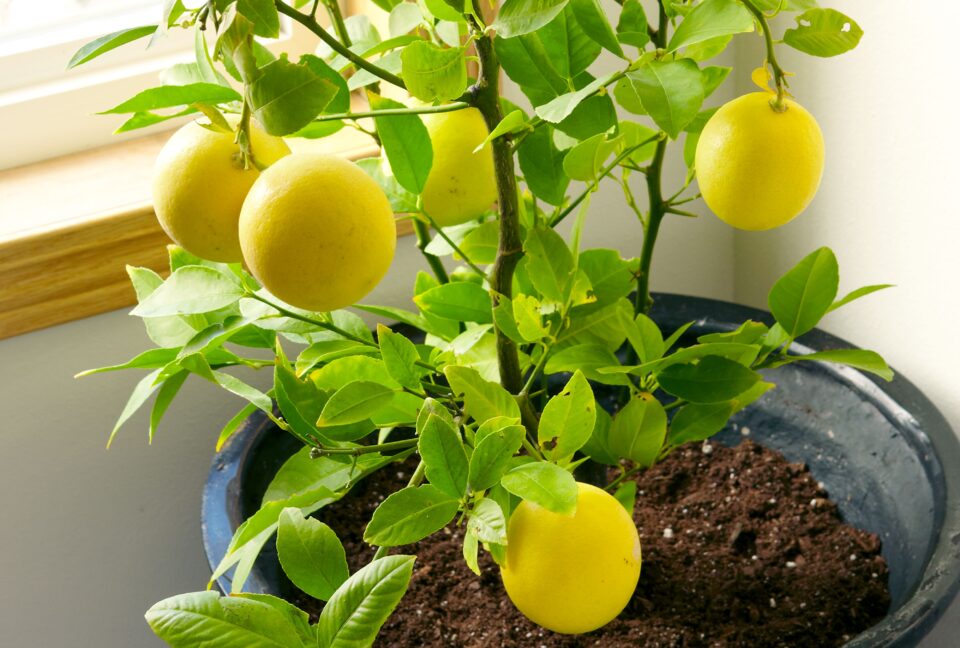Lemon farming can be a rewarding venture, offering not only fresh fruits but also various economic opportunities. Lemons are versatile fruits used in culinary, medicinal, and cosmetic industries.
Growing lemons requires careful planning, proper care, and attention to detail. This step-by-step guide will walk you through the process of lemon farming, from selecting the right location to harvesting your fruits.
Step 1: Selecting the Right Location
Choose a location with plenty of sunlight, well-drained soil, and protection from strong winds. Lemons thrive in warm climates with temperatures between 70-85°F (21-29°C).
Step 2: Soil Preparation
Test the soil to ensure it has a pH level between 5.5 and 6.5, which is optimal for lemon trees. Amend the soil with organic matter such as compost or well-rotted manure to improve drainage and fertility.
Step 3: Choosing Lemon Varieties
Select lemon varieties suited to your climate and growing conditions. Common varieties include Eureka, Lisbon, Meyer, and Femminello. Consider factors such as fruit size, flavor, and cold tolerance when choosing varieties.
Step 4: Planting Lemon Trees
Plant lemon trees in the spring or fall, when the weather is mild. Dig a hole twice as wide and deep as the tree’s root ball. Place the tree in the hole, backfill with soil, and water thoroughly. Space trees at least 10-15 feet apart to allow for proper growth.
Step 5: Watering and Fertilizing
Water lemon trees deeply but infrequently, allowing the soil to dry out slightly between waterings. Fertilize trees with a balanced fertilizer formulated for citrus trees according to package instructions, typically every 6-8 weeks during the growing season.
Step 6: Pruning and Training
Prune lemon trees regularly to remove dead or diseased branches and to shape the tree for optimal sunlight penetration and air circulation. Train young trees to a central leader or open-center shape to encourage strong, healthy growth.
Step 7: Pest and Disease Management
Monitor lemon trees for signs of pests such as aphids, scale insects, and citrus leaf miners. Use organic or chemical control methods as needed to manage pest infestations. Protect trees from fungal diseases such as citrus canker and root rot by practicing good sanitation and proper watering.
Step 8: Harvesting Lemons
Harvest lemons when they reach full size and color, typically 6-9 months after flowering. Use pruning shears to cut the fruits from the tree, leaving a small stem attached. Store harvested lemons in a cool, dry place for up to several weeks, or refrigerate for longer shelf life.

